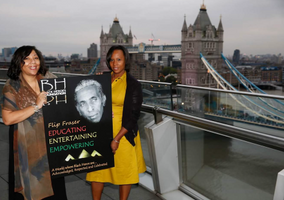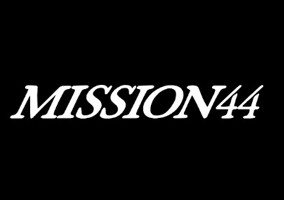Two newly registered charities have identified an imbalance of power in the way charities are funded.
Speaking on a panel at last week’s Spotlight, the annual charity conference hosted by law firm Bates Wells, Mission 44 and the Black Equity Organisation (BEO) said some grantmakers are starting to introduce more equality into their funding process.
The panel also discussed how charities are not the only organisations that face difficulties around equality.
Expecting complaints to the regulator
“It is easy to get hung up” on equality issues within charities, said Jason Arthur, chief executive of Mission 44, but there are the same issues in all organisations, including other not-for-profit organisations and businesses.
Both charities on the panel are recently established but went through a long gestation period, which included considering whether a charity was the right legal framework to fulfil their goals.
Arthur said that one option that had been considered was to establish a donor-advised fund.
However, under this structure employees of the fund would have been employed by its founder, Formula 1 driver Lewis Hamilton. As “independence was important”, it was instead established as a grant-making charity.
Shameem Ahmed, director of advocacy at BEO, said she was aware that when BEO starts to move into “punchier” things around racial injustice, it is almost certain that somebody will make a complaint to the Charity Commission.
But, she said, having the framework of a charity gives “back some power” during the process as there are clearly defined rules.
Participatory models
Both Ahmed and Arthur acknowledged that there was imbalance of power in the current funding model.
“Power is often held by a small group of people, whether that is trustees or the large grantmakers,” Arthur said.
He added that those in receipt of funding often have no say in how the funding is structured or distributed.
However, he added that he is “seeing a shift in this”, as grantmakers gain more “awareness of racial injustice”.
One way that this shift is manifesting itself is in the adoption of participatory models, where grant recipients are more involved in the processes and decisions.
This a model Mission 44 uses, and Arthur said its aim is that 30% to 40% of its grants should have “a high level of participation”.
As a charity working with disadvantaged young people, this involves trustees becoming comfortable with giving up power and allowing young people to make decisions on how and where funds are spent.
Arthur said he recognises that there is more than one decision-making process and that they can all have their place, including decisions that do not need participation with funding recipients.
For those decisions where participation is appropriate, some will need full decision-making power to be handed to young people.
In others, trustees will work together with young people because “the experience of older people can be useful” and in some cases it is more powerful to have them working together with younger people.
‘Trauma-informed approach’
When it comes to participation, Ahmed said it is important not to put pressure on people to get involved.
There also needs to be support structures in place to help those that do decide to come forward, she said.
BEO takes a “trauma-informed approach” to make sure that those who participate aren’t reliving trauma or being re-traumatised, she added.
Related articles












